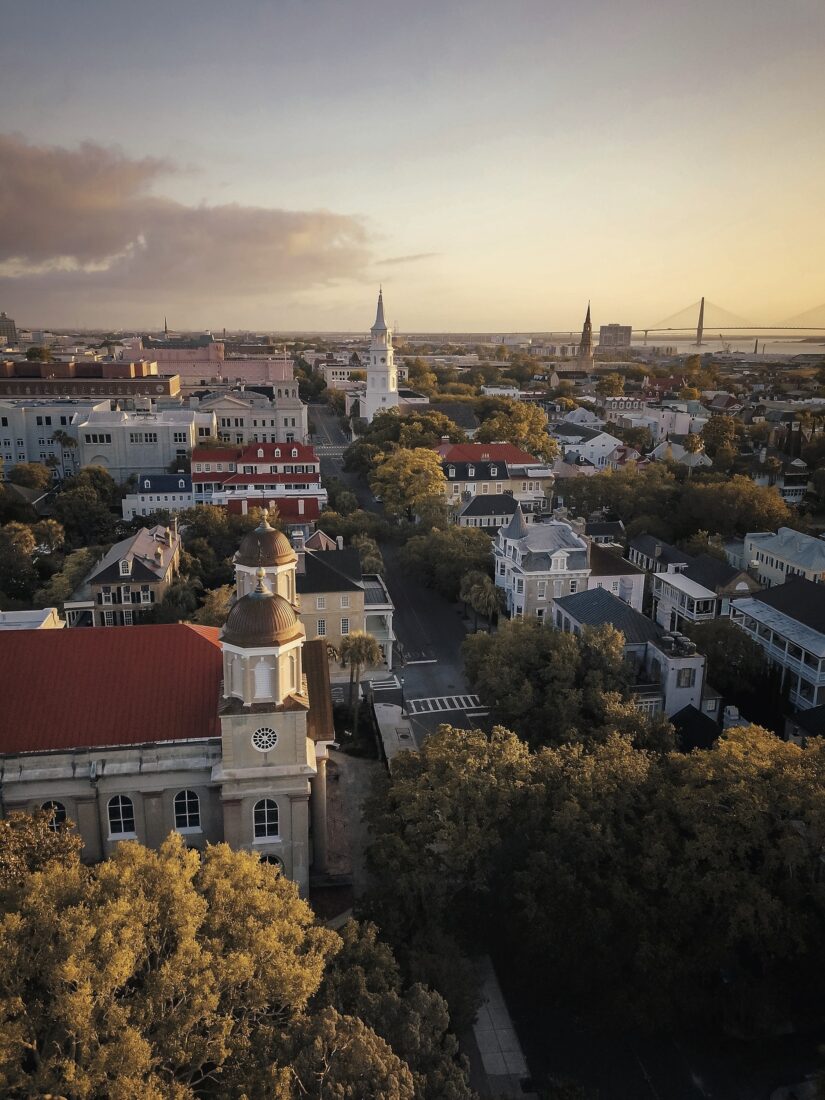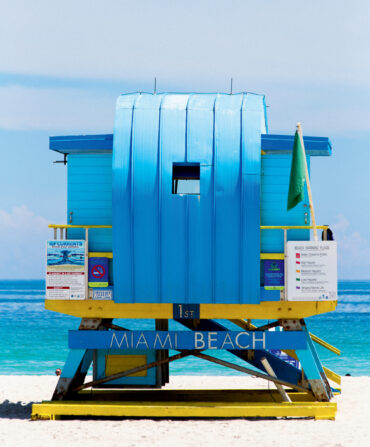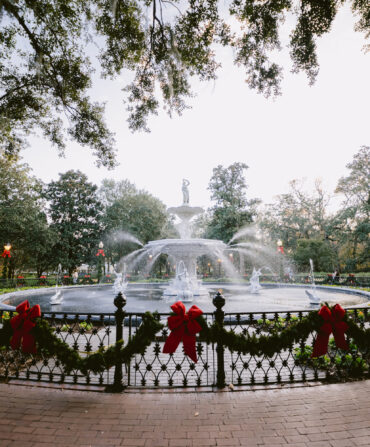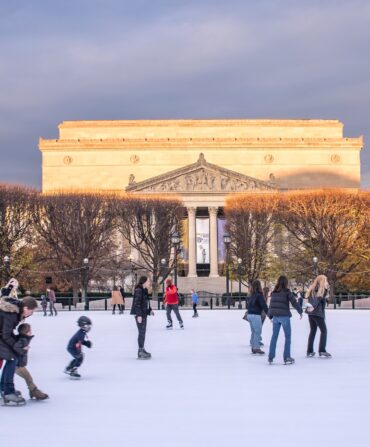Camellias may be the first hint. These showstopping blooms of seemingly infinite varieties adorn Charleston, South Carolina, gardens in the calm of winter, their porcelain-like petals a kiss of spring while most of the country still shivers. In gorgeous nonchalance, camellias signal this place is different. Then jasmine erupts in April, dowsing the Lowcountry in its perfume. Breathe it all in, the tiny white blossoms whisper. Breathe in the salty breeze off the harbor, the brown-sugar whiffs of pralines on Market Street, yes, even the horsey hints of carriages moseying by. To love this place is to inhale beauty, to gasp in wonder.

That’s the magic of Charleston—it ignites all senses and then some. There’s, of course, the see-hear-taste-touch-smell checklist: Charleston’s unrivaled visual splendor; the hourly chorus of church bells; the decadent brine of oysters and sweetness of shrimp fresh off the docks; that time-machine feel of cobblestones underfoot; the heady aroma of jasmine, tea olives, and magnolias—just for starters. But beyond that, other more subtle sensibilities give Charleston its nuance. Consider, for instance, its deep sense of history; its sense of memory, regret, and reverence; its delightful sense of surprise (Wait, really? A Shepard Fairey mural on Calhoun Street!); its sense of unbounded creativity and possibility; and perhaps most powerful of all, Charleston’s sense of welcome, of home, even to those who don’t live here.
Summer in the Lowcountry has obvious appeal: juicy Wadmalaw melons, shrimp boats with full catches, RiverDogs baseball at the Joe. What’s better than a lazy summer morning at the beach followed by a shady stroll through downtown neighborhoods, topped off with rooftop sunset sips? Well, actually, as locals know, the very same thing in spring, fall, and winter—all are delightful in their own right. Thanks to a gentle year-round climate, our so-called “offseasons” are fully on, with the bonus of fewer people and less SPF.
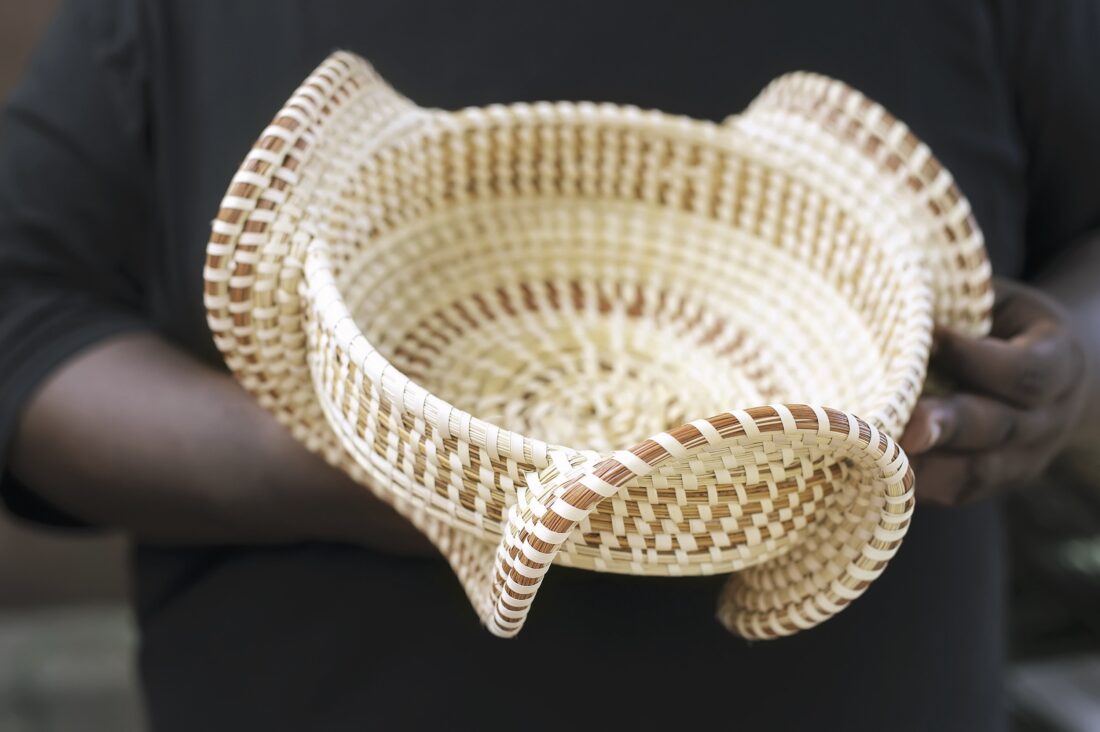

Come fall, sunshine has a renewed luminous lure, a golden purity enhanced by lower humidity. In September and October, the marshscape’s muted palette ignites with wispy purple sweetgrass and goldenrod. The redfish are jumping, and it’s prime season for birders. Charleston’s cultural and arts organizations launch their regular seasons, so there’s plenty to do. Then the holidays bring their own sparkle with homes decked out in their seasonal finery. And just as February and March roll around, so do the Southeastern Wildlife Exposition and Charleston Wine + Food Festival. Never a dull moment.
But ahhh, spring, glorious spring brings its own romance. Jasmine and wisteria transform already lovely garden walls into perfume factories, while house and garden tours offer backstage access to Charleston’s most stunning residences. As the days grow longer, so does the list of events and adventures to choose from: the Bridge Run, kayaking and fishing expeditions, professional women’s tennis, High Water Music Festival, and on and on.
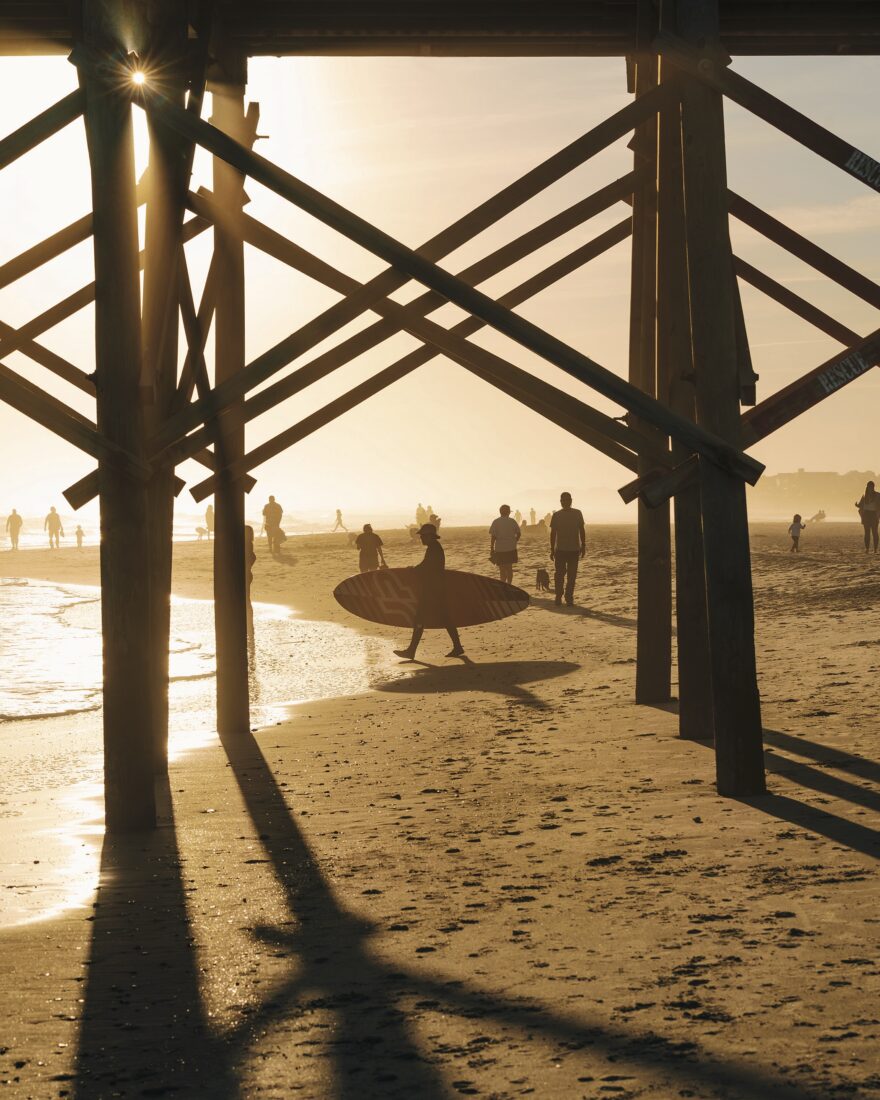
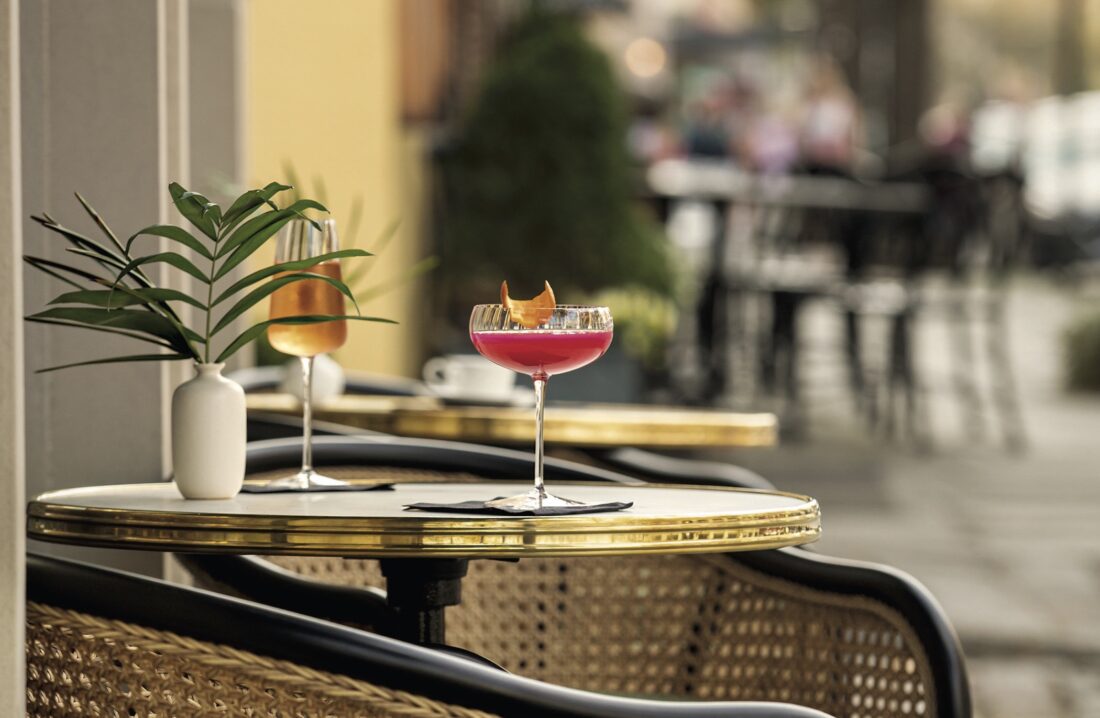
Home, really, is the heart of the Holy City. History lives here because real people live, work, play, shop, garden, go fishing and sailing, dance and sing along—loud and proud to hometown rock star Darius Rucker and Grammy-winning band Ranky Tanky—here. Charleston’s soul and warmth emanate from real personalities. Like your server last night at Husk—a former high school soccer standout in West Ashley, now earning her master’s at the Citadel. Like the artist Jonathan Green, who lives right by Charleston Place, where he can be found most Monday evenings deep in salon-like conversations with judges, writers, chefs, and whoever stops by. Like the sweetgrass basket weavers by the courthouse and in the Market who grew up in Charleston or right over the bridge in Mount Pleasant, learning their craft from their mothers and grandmothers, who were in turn taught by their mothers and grandmothers. And like those lovely women who ensured your Croghan’s splurge was exactly what you longed for; they’re fourth-generation Charlestonians running a century-old King Street family jewelry business, not to mention active volunteer leaders of umpteen community organizations. And even like the mayor, a lifelong Charlestonian, who can be found playing the piano at an art opening or a Piccolo Spoleto event.

Homegrown personality and authentic flavor, not James Beard Awards (though our chefs deserve and win them), are what make our food taste so good. From the way farmer Sidi Limehouse, thanks to decades cultivating Johns Island fields, knows exactly when to harvest his prized tomatoes, to how Carrie Morey takes delicious liberty when embellishing her mom Callie’s famous biscuits, to the way chef Mike Lata, with his effortless touch, can create a restaurant named the Ordinary and make it anything but. Likewise, personality infuses Charleston architecture, from ornate cornices that entice you to look up, to iconic ironwork on gates and balconies handcrafted by the late master blacksmith Philip Simmons. Charleston’s neighborhoods are hands-on laboratories for how to love and care for old things and how to honor the past while embracing the future. Yes, Longitude Lane and Philadelphia Alley retain their snug old-world charm, but look closely—young families live around the corner. Kids on bikes whiz by.
This is Charleston’s extrasensory specialty— a sense of defying expectation. And the best season to visit Charleston is the one when you are here. Come early, stay late. We’ll take care of the rest.
Plan your own adventure at ExploreCharleston.com



